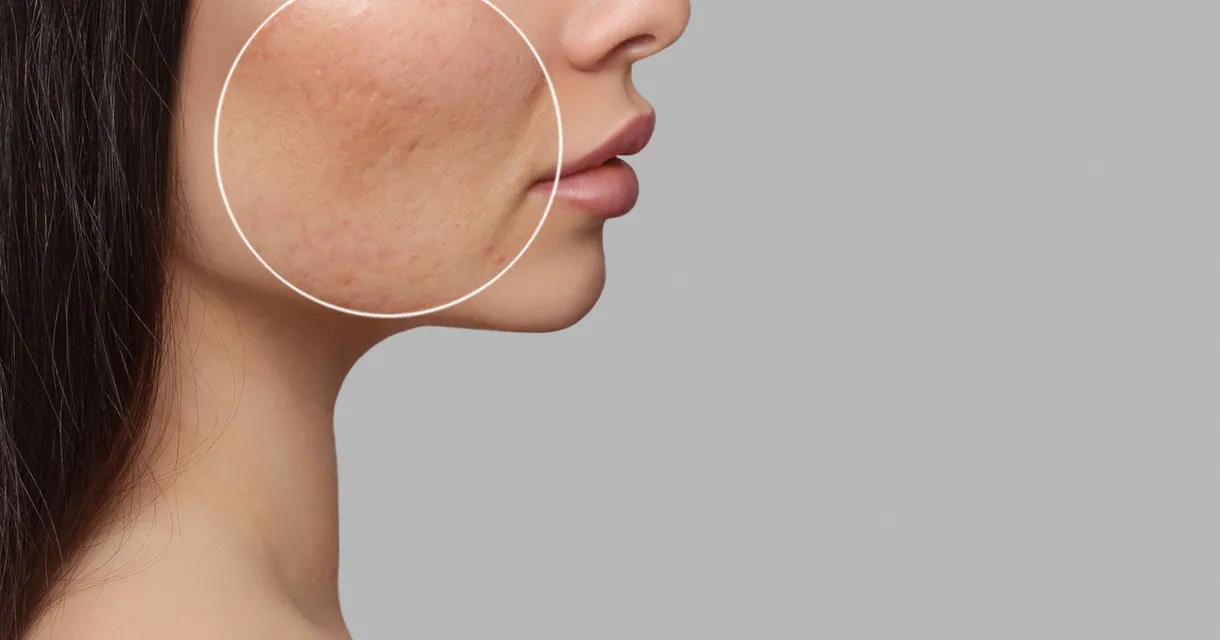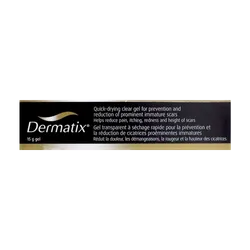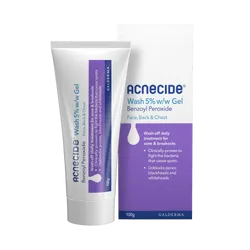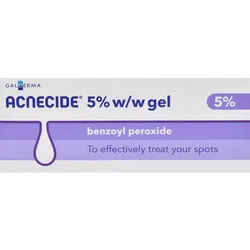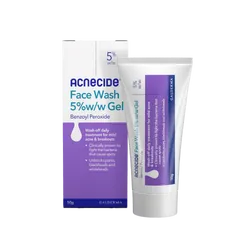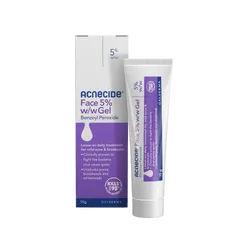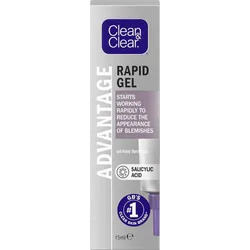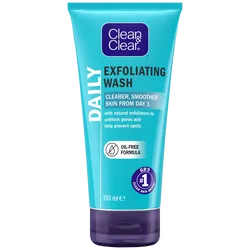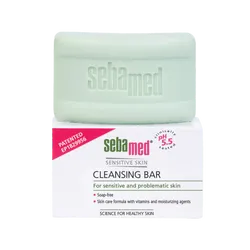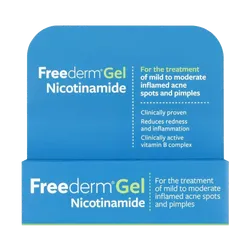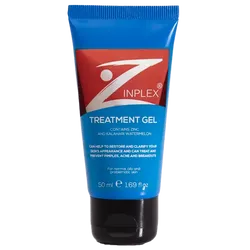Acne can be uncomfortable and it can be tempting to attempt to pop or pick at your spots, which can do far more harm than good when it comes to healing and scarring.
Weldricks Pharmacy discusses advice on how to get rid of acne scars, as well as the different types of scars. Keep reading to find out which option would be best suited for you.
What is Acne Scarring?
Acne scarring can develop as a result of inflammation of acne blemishes. Any kind of acne spot can lead to scarring, however, it’s most commonly seen when the most severe types of spots (nodules and cysts) burst and damage the skin. Scarring can also be caused by picking or squeezing spots. Some acne blemishes are small, creating shallow scars that will heal quickly, while others can cause much deeper scars.
Having acne scars can drastically affect self-esteem, and cause a lot of stress. Acne has been linked to mental health conditions such as depression and anxiety, which can sometimes make people become socially withdrawn and create a feeling of hopelessness.
Fortunately, there are options available to help ease your scarring and improve your confidence and well-being.
What are the Main Types of Acne Scars?
Boxcar Scars
Boxcar scars are round or oval-shaped craters in the skin. The scarring is broad and usually found on the lower cheeks or jaw, where the skin is relatively thick.
Ice-Pick Scars
Ice-pick scars are deep, more narrow holes that can be found on the surface of your skin. Ice-pick scars tend to be tough to treat, and often require persistent and aggressive treatment.
Rolling Scars
Rolling scars can have varying depths and are caused by bands of scar tissue that form under the skin, giving the surface of the skin an uneven appearance.
Treatments for Acne Scars
When looking at how to get rid of acne scars, there are a few options to choose from. As acne scarring treatment is regarded as a cosmetic type of surgery, it’s not usually available on the NHS.
1. Laser Treatments
One of the most popular types of treatments to get rid of acne scars is laser therapy. Lasers can be used to treat mild and moderate scarring, and there are two treatments available. Both treatments can reduce the appearance of acne scars, however, the effectiveness of results can vary depending on the individual case.
Ablative Laser Treatment
Ablative treatment will remove a small patch of skin around the scar. Once the skin grows back, it should look much smoother.
Non-Ablative Laser Treatment
Unlike ablative treatment, non-ablative treatment does not remove any skin. It works by stimulating the growth of new collagen, which helps to repair some of the damage that’s been caused by scarring.
2. Dermabrasion
Dermabrasion is usually reserved for severe scarring, and it can be very effective. Dermabrasion will mean exfoliating the top layer of skin and is most effective for scars close to the surface, such as boxcar scars or rolling scars. After the procedure, your skin will look red and sore for a few months, but you should see improvements as it heals.
3. Home Care Treatments
You can also help tackle the condition with preventative, at-home treatments. Here at Weldricks, we offer a range of acne products and other acne skincare that may help to treat acne and the appearance of acne scars.
Browse our relevant products:
-
Dermatix Scar Management Silicone Gel 15g £26.59 -
Acnecide 5% w/w Benzoyl Peroxide Daily Acne Treatment Gel 30g £8.99 save £6.00
-
Acnecide Wash 5% w/w Gel 100g £13.59 save £1.40
Makeup can also be effective in covering up facial scars. Camouflage makeup is specifically designed to cover up scars and is available over the counter.
4. Subcision
Subcision is a minor surgical procedure that involves inserting a small needle into your skin to release the acne scar from the underlying tissue. The procedure allows blood to pool under the affected area and helps form connective tissue, which then pushes the acne scar up so that it's level with the rest of the surface of the skin. Subcision is primarily used to treat rolling scars.
5. Punch Techniques
There are three types of punch techniques, and they can be used to treat boxcar scars and ice-pick scars.
Punch Grafting
Punch grafting is used to treat deep ice-pick scars. During the procedure, a small punch tool is used to cut out the scar, and a plug of skin taken from elsewhere in the body (usually from behind your ear) is placed in the wound.
Punch Excision
The scar is removed, and the wound is sealed, after it's healed it will leave a smoother area of skin. Punch excision is used for mild ice-pick scars.
Punch Elevation
Punch elevation is used to treat boxcar scars, and involves the base of the scar being surgically removed with the sides of the scar in place. The base is reattached to the sides and lifted so that it's level with the surface of the skin.
6. Chemical Peel
A chemical solution will be applied to the scar tissue to remove the top layer of skin and minimise the appearance of deeper scars. You can repeat mild and medium peels in order to maintain results, however, you can have only one deep peel.
Choosing the Right Option for You
We’ve discussed how to get rid of acne scars with several different options, as well as what each procedure or treatment involves. It’s important to discuss all options with a medical professional including your GP or pharmacist find out which one would be the best fit for you before you invest in treatment.
At Weldricks Pharmacy, we stock a wide range of affordable skincare products including acne treatments, acne creams and lotions, and acne face washes and scrubs. You can also benefit from our guide to the best treatments for acne.
